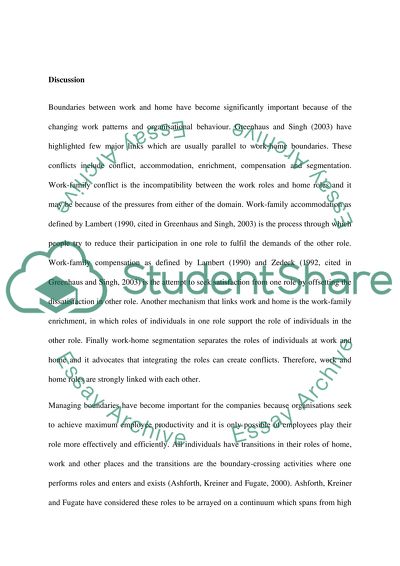Cite this document
(“Organisational Structure, Boundaries and Space Essay”, n.d.)
Retrieved from https://studentshare.org/environmental-studies/1404987-organisational-structure-boundaries-and-space
Retrieved from https://studentshare.org/environmental-studies/1404987-organisational-structure-boundaries-and-space
(Organisational Structure, Boundaries and Space Essay)
https://studentshare.org/environmental-studies/1404987-organisational-structure-boundaries-and-space.
https://studentshare.org/environmental-studies/1404987-organisational-structure-boundaries-and-space.
“Organisational Structure, Boundaries and Space Essay”, n.d. https://studentshare.org/environmental-studies/1404987-organisational-structure-boundaries-and-space.


